How to get cucumber seeds at home?

Buying cucumber seeds in a store almost always involves certain risks, because no one, even the most reliable and decent seller, can 100% guarantee the high quality of planting material. It is known that the viability and germination of seeds is influenced by a large number of factors, ranging from the characteristics of their harvesting to the conditions of storage and transportation. To avoid unnecessary risks associated with the purchase of cucumber seeds "off hand", you can try to get the planting material yourself at home. In the article, we will consider what you need to do for this.

Variety selection
Many gardeners, who have never previously encountered harvesting cucumber seeds at home, mistakenly believe that any fruits in the phase of their full maturity can be used to obtain planting material. However, it is not: experienced summer residents know that the fruits obtained from hybrids are absolutely unsuitable for harvesting seeds (the F1 or F2 marking is always present on the packaging with the seeds of such cucumbers). The varietal characteristics of plants (including the quantity and quality of future fruits) derived from such seeds are preserved only in the first or second generation. Plants of all subsequent generations inevitably lose their original qualities and characteristics of the variety. Accordingly, the yield of such cucumbers, as well as the size and taste of the fruit, change for the worse over time.
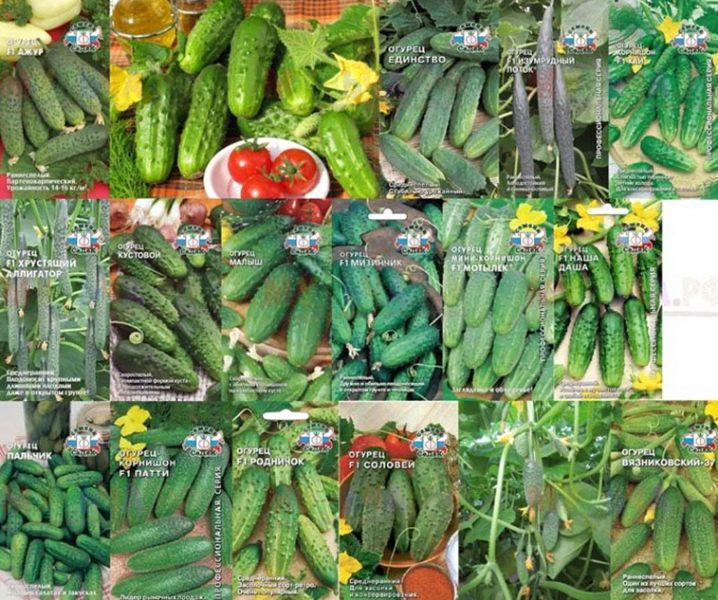
Thus, to obtain high-quality planting material, you should use the fruits obtained from cucumbers, which were grown from seeds that are not marked F1 and F2. This is one of the basic conditions that should be followed when choosing fruits of a suitable variety.
Other recommendations for choosing a variety include plant yield, taste, keeping quality, transportability of fruits and other significant features.

How to choose a fruit?
For the subsequent receipt of seeds with your own hands, it is necessary to determine in advance 2-3 of the strongest, well-developed and healthy shrubs on the site. Plants should not show visible damage, as well as traces of the presence of pests or signs of disease. It is undesirable to select cucumbers purchased in the store or on the market for seed collection, as they may turn out to be hybrid (marked F1 or F2).
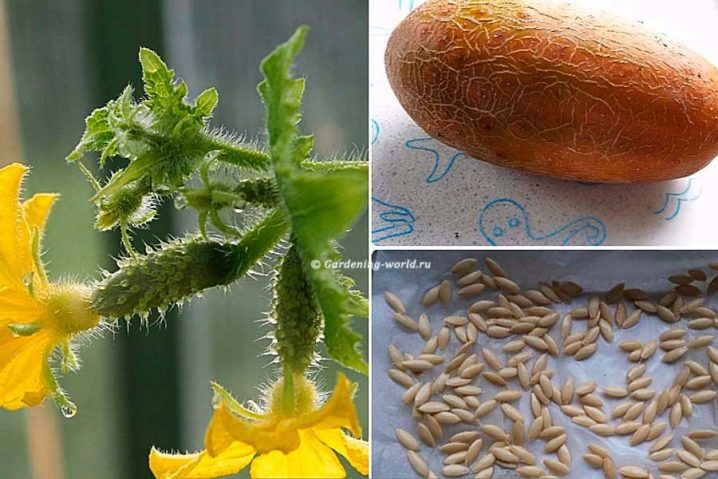
During the fruiting period, 2-3 of the largest, visually attractive and healthy greens are selected on each plant.
In order not to confuse these greens with the rest of the fruits during the harvest period, gardeners usually mark them by loosely tying the stem with a ribbon or colored twine.
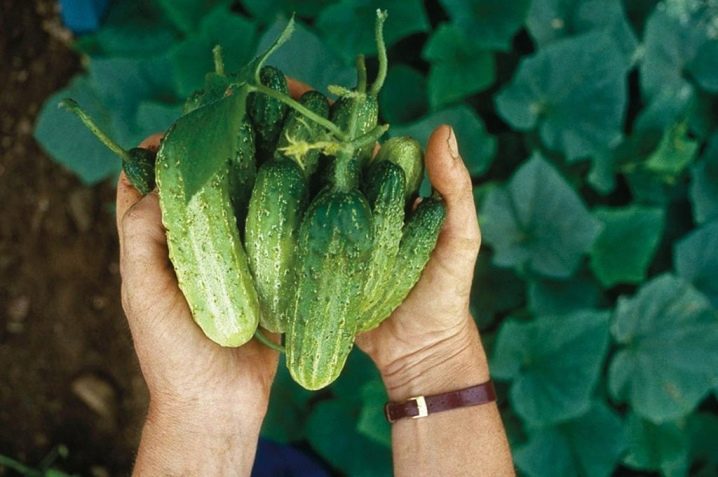
Further, the seed cucumbers are left on the plant until fully ripe. If the fruits touch the surface of the earth, they are laid on a substrate - a plastic grid or a plate (otherwise the cucumber may rot). If possible, the fruits are positioned so that they are well illuminated by the sun.
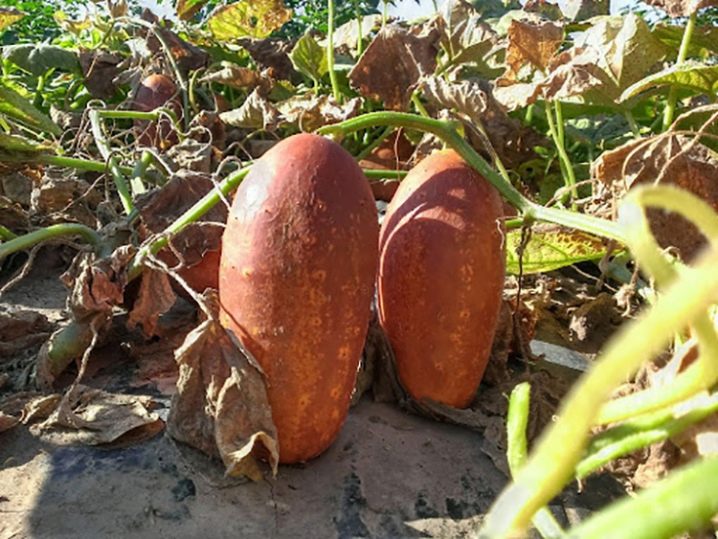
The fact that the seed cucumber is fully ripe is indicated by such signs as:
-
the fruit has reached its maximum size and weight;
-
the color of the fruit has become golden-bronze or orange-yellow;
-
an openwork light yellow "mesh" appeared on the peel;
-
the stalk is completely dry and / or dropped off.
A ripe seed cucumber should feel pliable to the touch, slightly soft.The elasticity and firmness of the pulp usually indicates that the fruit is not fully ripe. It is recommended to temporarily place such cucumbers in a warm, dry and sunny place (for example, on a windowsill), where they can reach the required maturity.
During ripening, the fruit should be periodically turned over, otherwise its peel on the underside may burst under the weight of the pulp, and the cucumber itself may rot.

How to collect correctly?
After full ripening, the seed fruit is carefully cut in half, the top and tip of the fruit are removed. The seeds located in these parts are not used for collection, storage and subsequent planting, since often the plants grown from them give small and bitter fruits.
After cutting the seed fruit, they are armed with a spoon, and with its help they carefully remove the seeds along with a small part of the adjacent pulp. The extracted seeds are sent to a jar with clean, settled water. The amount of water should be such that the seeds are completely covered with it. The top of the can is tied with a piece of clean gauze or cotton cloth.
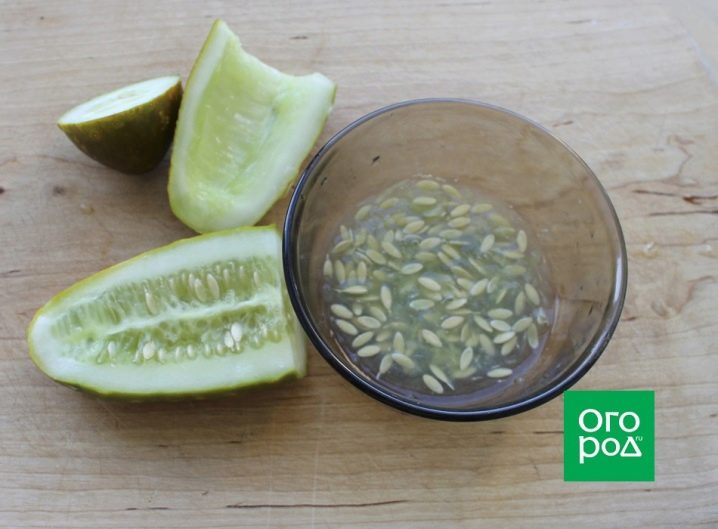
Next, the jar is removed to a dark and moderately cool place, changing the water to fresh every next two days. Do not allow strong fermentation of the contents of the jar - otherwise the seeds will become unsuitable for planting. If the contents of the jar are fermented, the seeds must be rinsed as thoroughly as possible and filled with a portion of clean, settled water. It is categorically impossible to fill the seeds with fresh tap water, since it usually contains a large amount of chlorine. To eliminate it, water is pre-collected in jars and defended for 1-2 days.
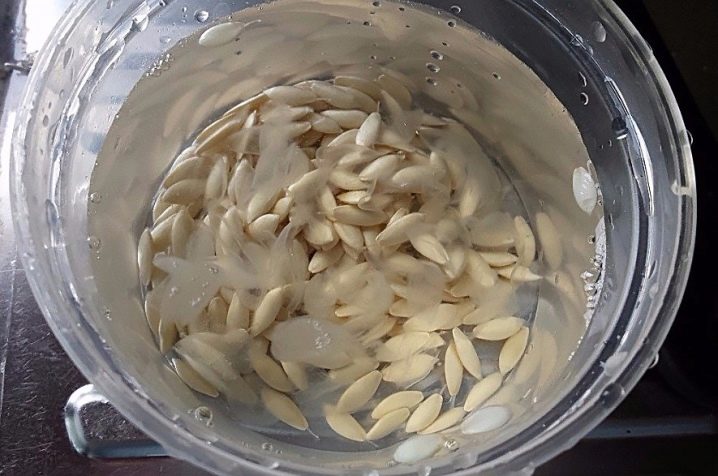
Each time you replace the water in the container, shake the contents of the latter well or stir with a clean spoon. After 2-3 days, part of the seeds will sink to the bottom of the container, and the other part will float up. The planting material that has risen to the top is discarded by gardeners as sterile and, accordingly, useless. The same seeds that settled on the bottom of the jar are considered full-fledged, viable and promising. They are washed in clean, not very cold water, using a fine mesh sieve, and left to dry for several hours.
Dry the seeds for several days, laying them out in an even layer on clean paper or cotton cloth. The fact that the planting material has completely passed the drying cycle will be evidenced by its lightness, uniformity and flowability.
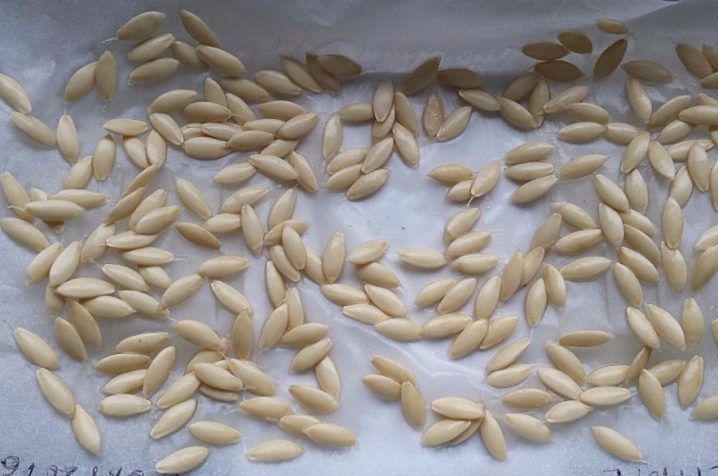
Storage tips
It is recommended to store home-harvested cucumber seeds in paper bags or cotton bags. Plastic bags (zip bags) for storing seeds are not suitable, as they can "suffocate" the planting material and lose its viability.
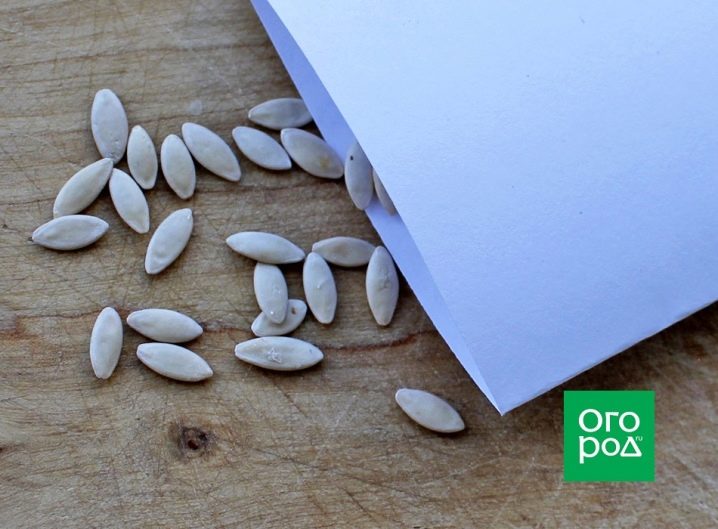
Dark, dry and cool places are suitable for storing seeds. It is important to take into account that when the temperature and / or humidity of the air rises, cucumber seeds can start growing, after which they cannot be used for sowing. Optimally for storing planting material, dark, cool rooms are suitable, in which the air temperature is stably kept at a level of + 10 ... 15 ° С. And you should also take into account that darkness (complete absence of light) is also a prerequisite for storing seeds.
Unsuitable for storing seed are damp basements, cellars, as well as balconies and loggias. Usually in such places there are sharp temperature drops and changes in air humidity.
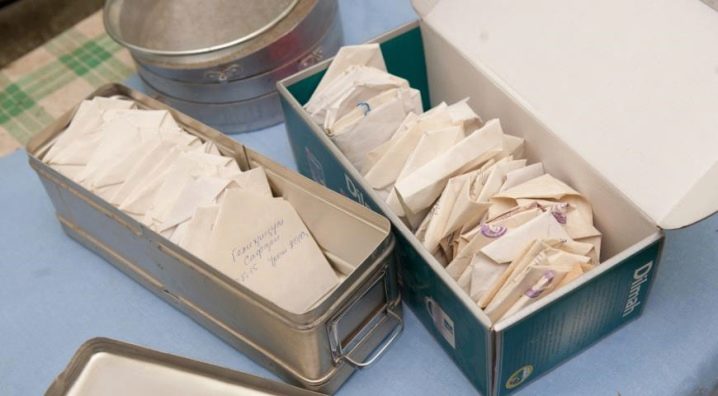
When preparing planting material with your own hands, you must also remember about the labeling of the packaging (sachets). So, on each bag of seeds sent for storage, the date of collection and the name of the variety should be indicated. In addition, many gardeners add other characteristics to this description - for example, the weight and size of the fruit, its taste, keeping quality, and transportability.
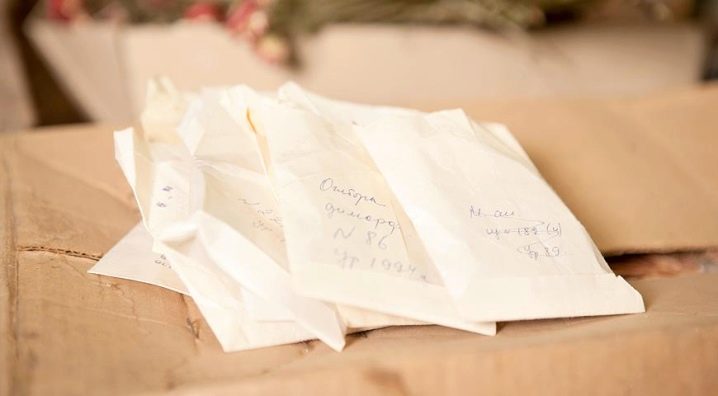













The comment was sent successfully.